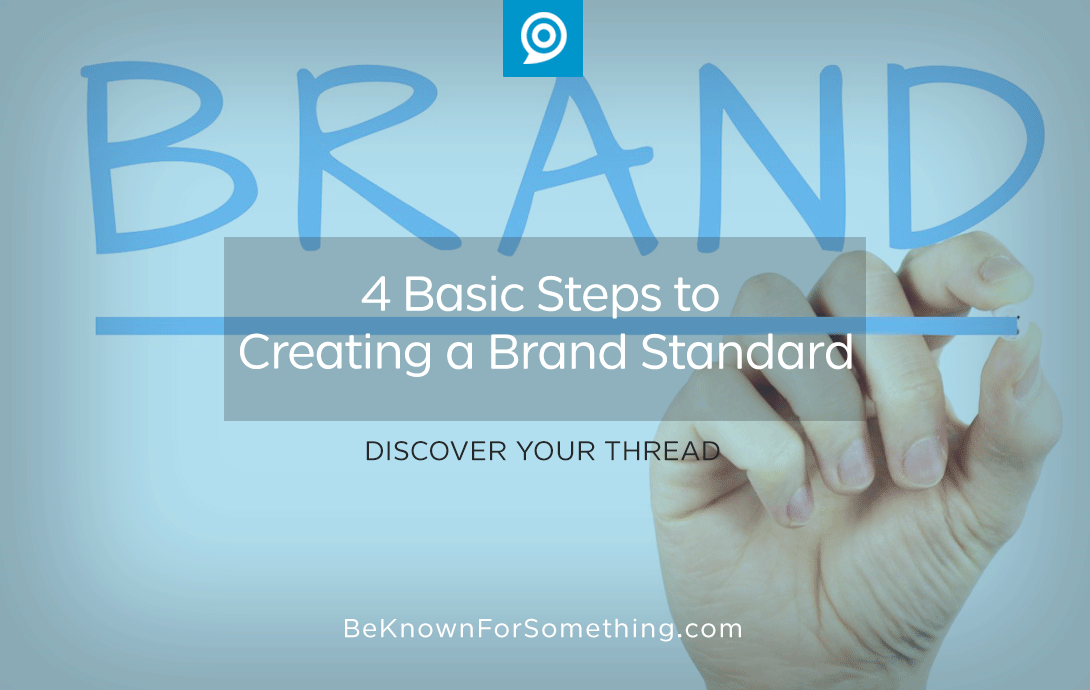4 Basic Steps to Creating a Brand Standard

Your church brand is important. It’s what you’re known for and a great specific reason why someone may consider choosing your church.
Controlling that messaging and your visual will establish the brand and maintain it. It’s essential to lock this control down into a document so others can be held to the same brand standard.
- Know your brand thread. This is the foundation of your brand. It helps control the message when someone asks “why do you go to your church”. This thread is used as a tagline and establishes keywords for google. All your content should somehow use these similar words that lead back to the main thread of your brand. In fact, it IS your brand. Write all of this down.
- Understand your visual brand. You also need a simple, professional, and unique logo that reminds your congregation or community of your thread. The average person in your congregation should want to wear a tee or hat with your logo on it. If they wouldn’t, it’s time to hire a professional designer to design something that should last for the next 10-15 years. Predetermine how the tagline will also be used with it and when. Then, you’ll need a controlled color palette (primary, secondary, and tertiary) as well as a font palette (primary and secondary). You also have to anticipate how the logo will be used if reproduced in one color. Other visual things you should lock down? The space around your logo (when used with words or without). Then create a zip file of your brand assets (various file formats and sizes) so that others can use them easily.
- Describe your brand personality. Now, based on the thread and visual brand, you need to control the personality of your brand. Consider the emotion that occurs when someone interacts with your brand thread. Is it happiness? Relief? Peace? Something else? It’s wise to make sure this is stated and how important it is to your church that your congregation or community feels this emotion in most communication.
- Consider how else your brand will be used. Brainstorm how you’ll regularly use the brand elements. Think about your communication channels and tools. Is there any advice or rules that need to be written down to help others understand how your brand will be implemented? Now’s the time to do it. Then, over time, consider things that need to be added or altered. Your brand shouldn’t rely on any one person! This document helps suppliers and other ministry leaders produce correctly branded materials. You should also have some approval or review mechanism established and described in your brand standard.
It’s important to control as much of the brand as you can. However, remember that your brand standard must allow for some creativity or you’ll become bored with it. Either that or you’ll have to change the restrictive brand standard to allow for exemptions — which doesn’t allow for consistency. It also can create chaos trying to update everyone’s copy of the brand standard.
Want 25 Game-Changing Resolutions?
Related Posts

How to Create a Church Marketing Strategy That Reaches Your Community
You’ve been called to lead a church that makes a difference in your city. That means developing a clear church

Top 10 Church Digital Marketing Strategies for 2026
What’s Changing, What’s Working, and What’s Next 2026 will be a year of rapid change for church digital marketing strategies

True thankfulness: communicating gratitude that connects
We’re just a couple weeks away from Thanksgiving. Though you might not know it by the jingling commercials already flooding

